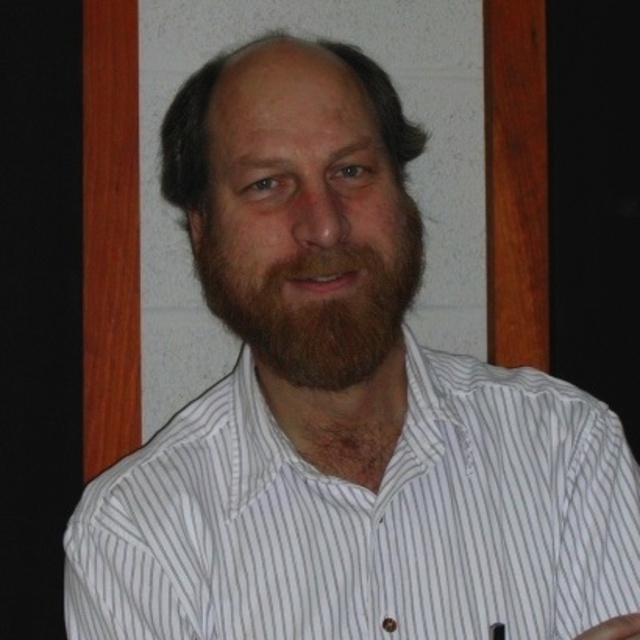August
1996
•
1996ApJ...466..742J
Authors
•
Jones, D. Heath
•
Mould, Jeremy R.
•
Watson, Alan M.
•
Grillmair, Carl
•
Gallagher, John S., III
•
Ballester, Gilda E.
•
Burrows, Christopher J.
•
Casertano, Stefano
•
Clarke, John T.
•
Crisp, David
•
Griffiths, Richard E.
•
Hester, J. Jeff
•
Hoessel, John G.
•
Holtzman, Jon A.
•
Scowen, Paul A.
•
Stapelfeldt, Karl R.
•
Trauger, John T.
•
Westphal, James A.
Abstract
•
We have imaged the nucleus of NGC 205 through the F555W and F160BW filters of WFPC2 on the high-resolution planetary camera (PC). The nucleus consists of a resolved cluster of stars extending 7" x 6". The projected radial distribution of surface brightness can be fitted by a Hubble law with a small core of FWHM 214 x 190 mas (0.74 x 0.66 pc). We find that the nucleus of NGC 205 shares a number of characteristics with globular clusters. Absolute photometry is also presented in a half- arcsec aperture and is found to verify the amount of UV upturn observed in the spectral energy distribution of the nucleus by others (e.g., Bertola et al. 1995). Of the hypotheses available to explain the origin of the nucleus, the observations are most consistent with its being an intermediate age cluster. The most likely scenarios are that it is a either a star cluster whose orbit has decayed-therefore drawing it to rest at the galaxy center - or a cluster that has formed as the repository of the gas from generations of star formation. Together with the ground-based measurement of a low-velocity dispersion, the small core radius implies a 10^7^ yr relaxation time, suggesting the cluster core may have collapsed. An upper limit of 9 x 10^4^ M_sun_ can be put on the mass of any central black hole.
Links




